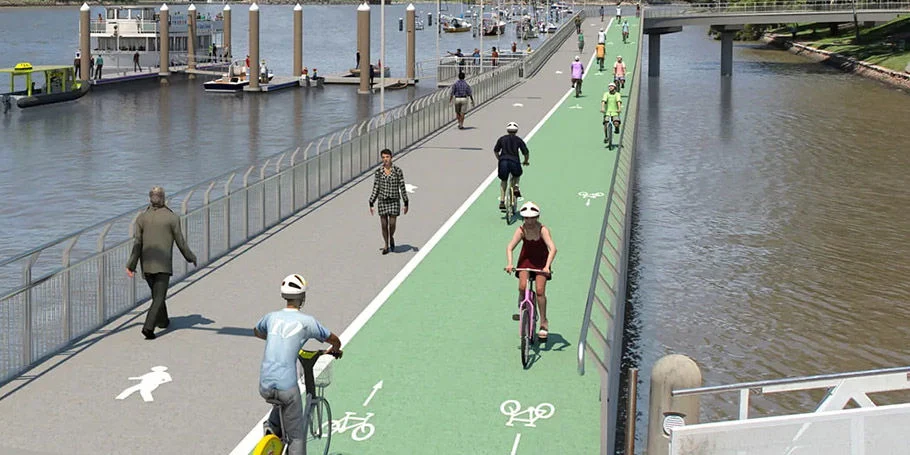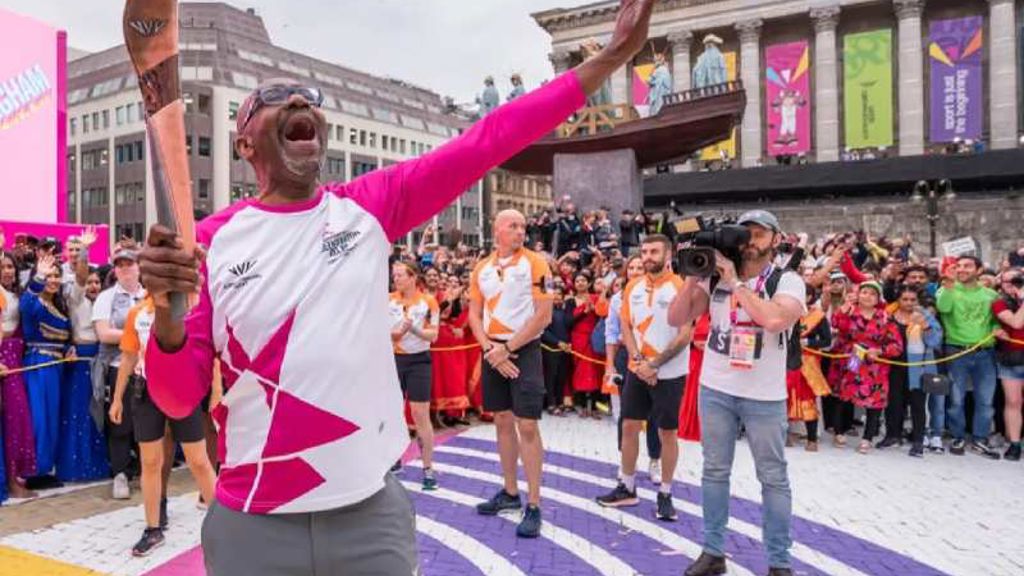Location
Hong Kong
Markets
Cities
Clients
Planning Department of the Hong Kong SAR Government
Get in touch with us
If you'd like to speak to one of our cities experts about any of the issues raised on this page, or a potential collaboration, then please get in touch.














